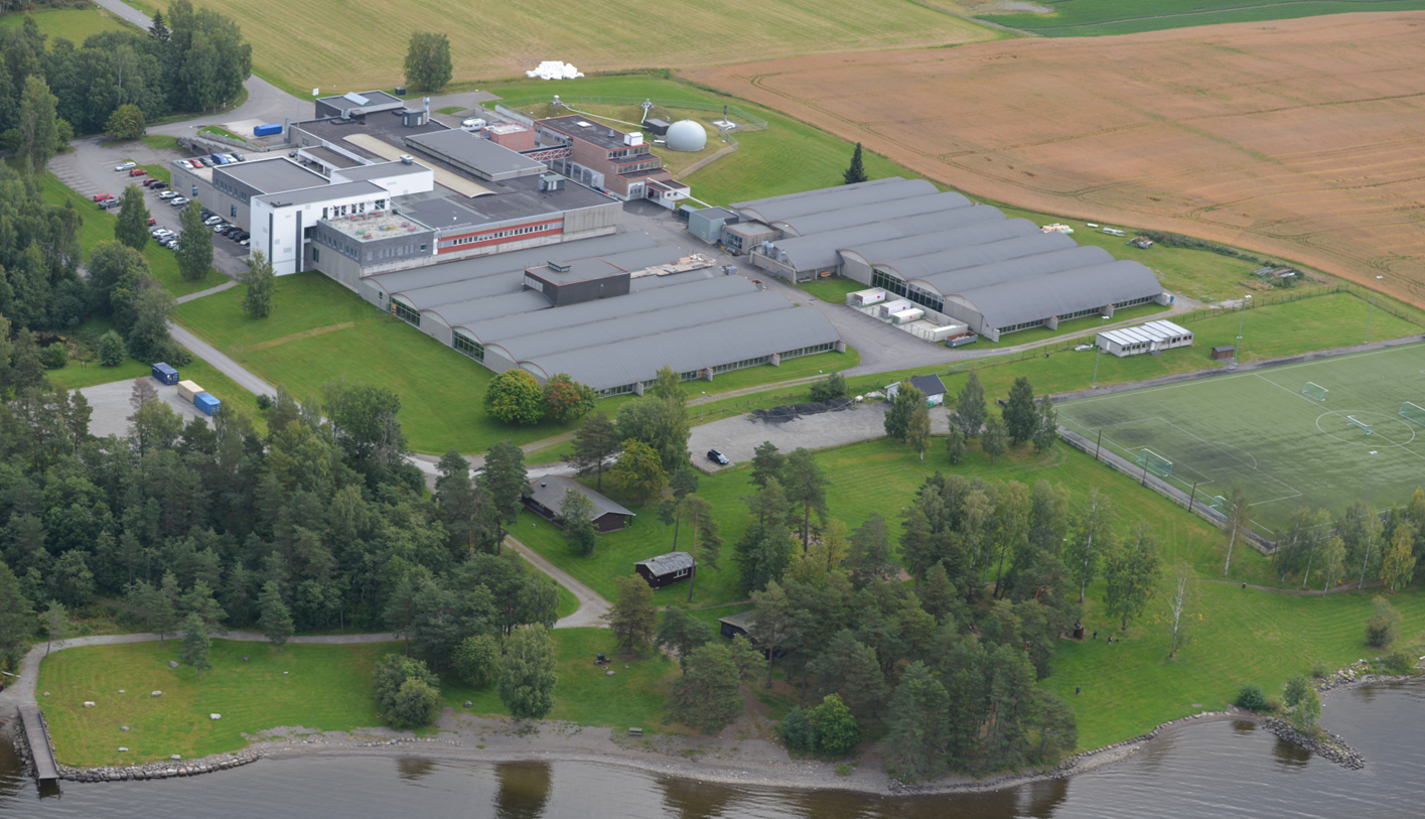
Description
The Hias Process is a biological nutrient removal process for wastewater. The process is based on moving carriers (MBBR) with biofilm that is shifted between anaerobic and aerobic conditions for EBPR-performance. Also nitrogen removal by simultaneous nitrification and denitrification (SND) is taking place in the aerobic part of the reactor but in different layers of the biofilm. The process is a very efficient and environmentally friendly way of treating wastewater. The potential for P-recovery from sludge without precipitating chemicals is huge.
Target audience
Owner of the product
Sign in to access this information.Actors, their roles and interactions
The process is developed at Hias IKS, an inter municipal water and wastewater utility in Norway, and the first full scale plant was build at Hias WWTP in 2016. The full retrofit of Hias WWTP to the Hias Process was carried out in 2020 and 2021 in a cooperation between, the utility/end user Hias IKS, the tecnology provider Hias How2O and the contractor ENWA.
Unique selling points
- Excellent P-removal from wastewater
- No precipitating chemicals
- Low CO2 footprint
- High potential for p-recovery
Technical requirements
Normal water and wastewater engineering and operator skills
Publications
Saltnes, T., Sørensen, G., Eikås, S., Biological nutrient removal in a continuous biofilm process, 2017, Water Practice and Technology 12(4):797-805.
URL
Technology applied by the product


